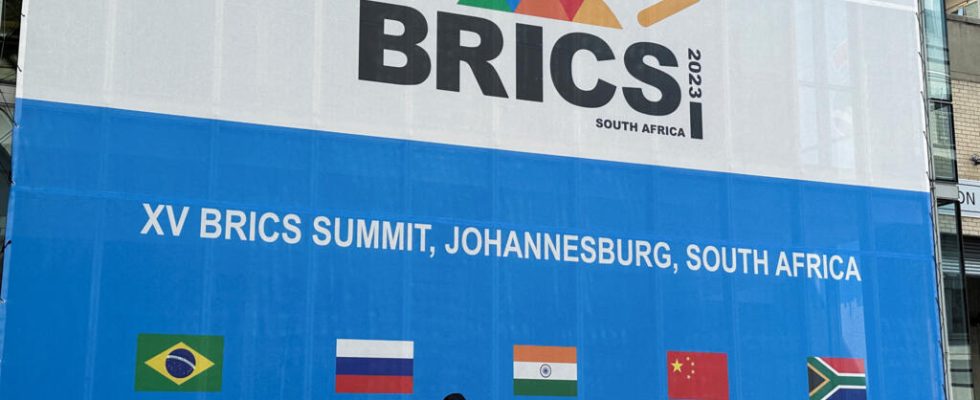From this Monday, January 1, 2024, the group formed so far by South Africa, Brazil, Russia, India, and China will transform to welcome new members with the entry of the Egypt, Ethiopia, Saudi Arabia, United Arab Emirates and Iran.
2 mins
The decision was taken at the Johannesburg summit in August 2023. To everyone’s surprise, the “club of five” managed to agree not only on the criteria for accepting new members, but also on the countries to remember, reminds our correspondent in Johannesburg, Claire Bargeles.
However, instead of six new participants, there are only five, since the new president of Argentina, Javier Milei, wants an ideological repositioning and refuses that his country, initially invited to join the bloc, embarks on such an alliance.
Reinventing the financial system
The strengthening of the group, which now represents just under half of the world’s population, and almost a third of the planet’s GDP, should allow it to continue calling for a multipolar world and a fairer international order.
The International Monetary Fund and the World Bank still rely very largely on the dollar. And China, for example, the second largest economy on the planet, does not have a voting right equivalent to its weight. To depend less on the United States and international financial institutions, the BRICS+ are therefore seeking to dedollarize their economy. This is particularly the case for countries like Russia and Iran which are subject to heavy American sanctions.
But it will also be more difficult to reach an agreement with such a heterogeneous group, still largely dominated by China. We could observe the divergence of interests even recently, during a summit on the war in Gaza.
The first major gathering of this new Brics group is in any case planned for October 2024, in the Russian city of Kazan.
